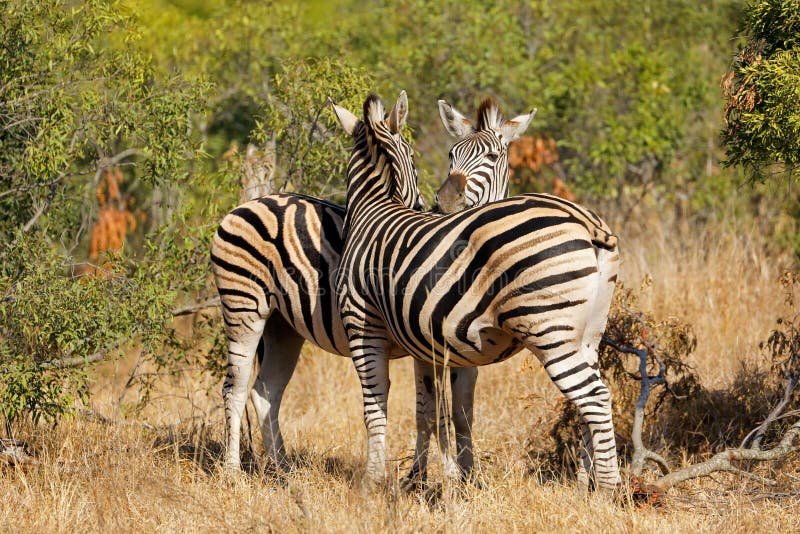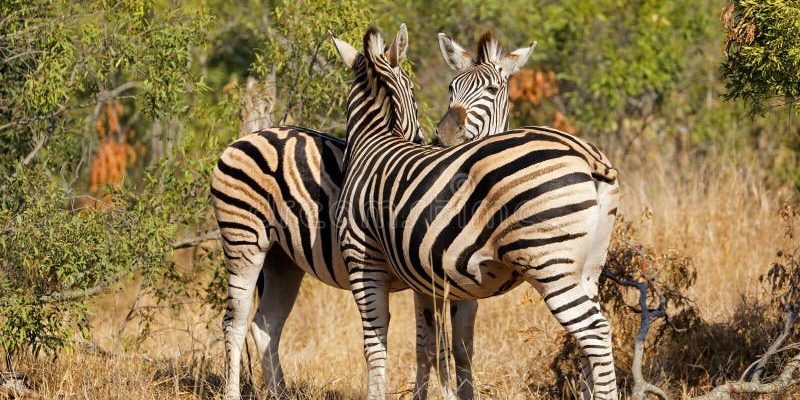
Zebras are like nature’s survivors, equipped with tools beyond just their stripes. They have to navigate vast savannas where resources can be few and far between. In this article, we’ll explore the different ways these magnificent creatures manage to endure and adapt in some of the toughest conditions imaginable. Whether it’s mastering their social behaviors or making the most out of the environment around them, plains zebras have quite the story to share.
Adaptations to Climate and Diet
Plains zebras can thrive in arid climates largely due to their **dietary adaptations**. These animals are herbivores, mainly grazing on grasses. But when food becomes limited, they can adapt their eating habits to survive. Their unique digestive systems allow them to extract the maximum nutrition from tough, fibrous plants that other animals might shy away from. Isn’t that cool?
But it’s not just about what they eat; how they eat matters too. Zebras often travel in herds, which helps them locate food more efficiently. This social behavior also protects them from predators. Together, they can survey their surroundings and make smarter decisions about where to graze. When you think about it, there’s power in numbers!
Water Conservation
Water is another critical resource that zebras need to survive. In the wild, lakes and rivers can dry up, especially during dry seasons. To cope, zebras have developed remarkable **water conservation strategies**. For example, they can go without drinking for several days, relying instead on the moisture content found in the grasses they consume.
It’s like when we’re out hiking without enough water—we adapt by rationing what we have. Similarly, zebras are experts at stretching their resources until they can find a reliable source of water again. Their ability to sense the location of water, even from significant distances, is quite impressive and shows just how finely tuned their survival instincts are.
Social Structure and Behavior
Zebras are incredibly social creatures, and their **social structure** plays a massive role in their survival. They tend to form tightly-knit groups called harems, which usually consist of one male and several females. This structure isn’t just about reproduction; it also helps in protecting against predators.
You might wonder how safety in numbers works for zebras. When a predator approaches, the herd can create a distraction. They often face the threat together, making it harder for a single zebra to be targeted. The more eyes watching, the better! This behavior emphasizes their instinctive need for community and cohesion, which is crucial in the wild.
Communication Among Zebras
Zebras have a rich vocabulary of sounds and body language to communicate with one another. Whether it’s a warning call or simply a nudge to say “let’s go,” these signals help them remain connected and aware of potential dangers.
Imagine a group of friends hanging out, always keeping an eye out for each other—that’s how zebras operate! Their ability to communicate effectively means they can coordinate their movements and stay safe. This strong bond between members of a herd isn’t just a survival tactic; it’s essential to their day-to-day life.
Adapting to Predation
Predators are a constant threat in the wild; for zebras, lions and hyenas are among the main hunters. However, zebras have developed several effective **defensive adaptations**. First and foremost, their stripes serve a purpose beyond just being visually stunning. The stripes create an optical illusion that can confuse predators, making it harder to single out one zebra in a moving herd.
Additionally, zebras are incredibly fast. They can run up to 40 miles per hour, which is especially helpful for escaping predators. Imagine sprinting away while keeping your herd close—that’s the instinct they rely on. Their agility and quick reflexes help them dodge danger, showcasing their physical ability to survive in challenging environments.
Seasonal Migration Patterns
Many zebras participate in seasonal migrations, moving in search of food and water. This instinctive behavior allows them to adapt to changing conditions throughout the year. During these migrations, they often travel alongside other herbivores like wildebeests and gazelles, which can lead to safer travels.
Think of it as a giant road trip where the more, the merrier. By sticking together, they can find better resources and increase their chances of survival. These annual journeys are a testament to their resilience and adaptability in facing harsh environments.
The Role of Habitat Preservation
While zebras are masters of survival, their ability to thrive is also deeply intertwined with their **habitat**. Unfortunately, habitat loss due to human activities poses a significant threat to their existence. Protecting their environment is crucial not only for zebras but for the entire ecosystem they inhabit.
Conservation efforts help ensure these animals have the space they need to find food and water and carry out their seasonal migrations. Organizations working to preserve natural habitats are vital in maintaining the balance of life where zebras roam.
Here’s the thing: when we support these efforts, we’re not just saving zebras; we’re helping to preserve a diverse range of species. Every little step counts in maintaining the delicate ecosystem that supports plains zebras and countless other animals.
Public Awareness and Education
Finally, raising public awareness about the challenges zebras face can lead to more significant support for conservation efforts. Education plays a key role in helping people understand why preserving their habitats is essential. When we learn about the struggles of plains zebras, we can take action to support their future.
Whether through visiting wildlife reserves, participating in local conservation projects, or spreading the word on social media, everyone can contribute in some way. By doing so, we’re not just helping zebras; we’re fostering a love for nature and wildlife that can lead to even more significant changes down the line.
In summary, plains zebras are remarkable survivors, skillfully navigating the harsh environments they call home. Their adaptability in diet, intricate social structures, and resistance to predators highlight just how well-suited they are for life’s challenges. As we continue to learn about these fascinating creatures, we should also remember our role in protecting their habitats. Together, we can ensure that these magnificent animals thrive for generations to come. So next time you think of zebras, remember their incredible story of survival and resilience in the wild!

